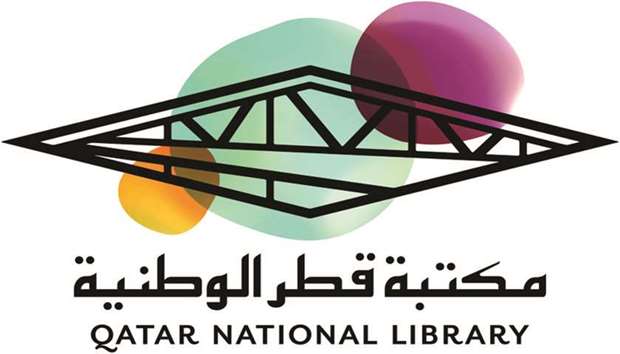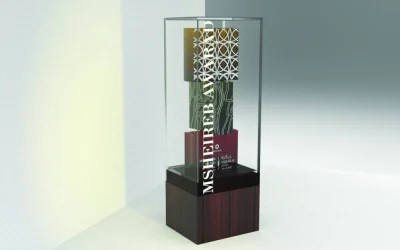Qatar National Library (QNL) and the Council on Library and Information Resources (CLIR) have signed a memorandum of understanding (MoU) that aims to develop, enhance, and make available digitised cultural heritage content through the Digital Library of the Middle East (DLME).
The DLME is a collaborative effort that aspires to create a sustainable digital environment for the cultural heritage of the Middle East and North Africa (Mena) region, while providing an array of applications, tools, and descriptions that enrich the content, facilitate sophisticated inquiry, and engage with the widest possible community of practice.
The QNL-CLIR MoU aims to foster future collaboration in the areas of raising awareness and fostering understanding of the Mena region’s cultural heritage and safeguarding it by creating sustainable, long-term information environments for preservation of, and access to, cultural heritage.
In addition, the MoU will support work to respond to the destruction of cultural heritage, educate a worldwide audience, and promote respect for the historical record.
The organisations aim to achieve this through the activation of like-minded populations and outreach activities – locally, regionally, and internationally – alongside the development of partnerships with content-rich institutions and models for international co-operation.
Dr Sohair Wastawy, executive director of QNL, a member of Qatar Foundation for Education, Science and Community Development (QF), said, “We are delighted to be a founding-member of the DLME and to be a partner with CLIR.”
Dr Charles Henry, president of CLIR, said, “Our partnership with Qatar National Library marks a pivotal turn for the Digital Library of the Middle East.”
Peter Herdrich, co-founder of The Antiquities Coalition, a core DLME founder, said, “Qatar National Library is an unrivalled international partner for the Digital Library of the Middle East. We share the goal of designing and implementing solutions and creating a co-operative community in the Mena region in service to the cultural record. This is an exciting development.”



